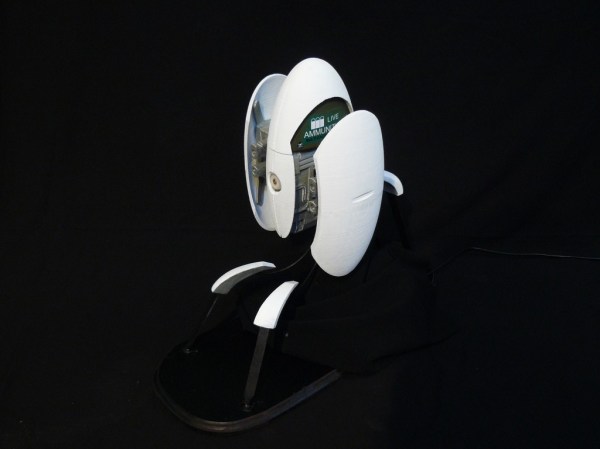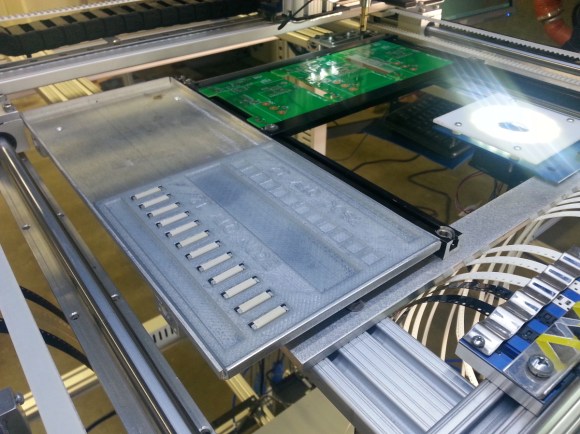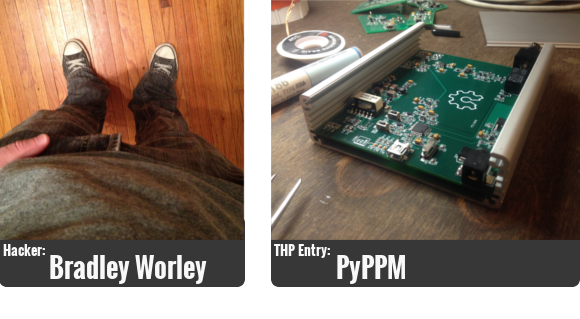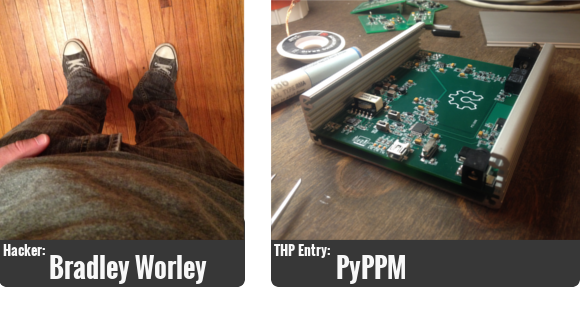
In this beautiful, well-documented, cat-assisted hack, [capricorn1] adds visual dimension to his impressive piano skills by using his keyboard’s MIDI output to drive Edison bulbs.
He hung them from a rod of electrical conduit pipe and threaded the wires through it to a DB25 connector. The lights are controlled by an Arduino Mega plus a custom shield with an optocoupler to handle zero cross detection. He happened to already have a board with 12 SSRs on it from another project. All of the electronics are in a re-purposed switch box—the switches control four different modes: classic, velocity, scrolling, and automatic. You’ll see the scrolling mode in the video after the jump.
[capricorn1] used a small sampling of the Arduino MIDI Library, namely the note on/off functions and the control change function to handle his sustain pedal. He’s listed the full code for the project, which includes usage of the ipMIDI module for automation over WiFi.
If you don’t have a MIDI keyboard or any Edison bulbs, you could make a MIDI floor piano. You’re required to play both “Chopsticks” and “Heart and Soul” on it, though. Those are like the Hello, World for floor pianos.


 Pick and Place machines are one of the double-edged swords of electronics.They build your boards fast, but if you don’t have everything setup perfectly, they’ll quickly make a mess. A pick and place can’t grab a resistor from a pile and place it – so far only humans can pull that one off. They need parts organized and oriented in reels or trays.
Pick and Place machines are one of the double-edged swords of electronics.They build your boards fast, but if you don’t have everything setup perfectly, they’ll quickly make a mess. A pick and place can’t grab a resistor from a pile and place it – so far only humans can pull that one off. They need parts organized and oriented in reels or trays.

 Finding your tent at a music festival is a tricky endeavor – not only are there miles and miles of tents exactly like yours, you most likely have a few beers or other substances in you that affect your sense of space and/or time. [James]
Finding your tent at a music festival is a tricky endeavor – not only are there miles and miles of tents exactly like yours, you most likely have a few beers or other substances in you that affect your sense of space and/or time. [James] 
 [Texane] had been thinking about how to monitor the state of his garage door from a remote place. The door itself isn’t around any power outlets, and is a few floors away from where his server would be located in his apartment. This presented a few design challenges – namely, the sensor itself should have a wireless connection to the server, and being low power would be a great idea. This led to the development of a
[Texane] had been thinking about how to monitor the state of his garage door from a remote place. The door itself isn’t around any power outlets, and is a few floors away from where his server would be located in his apartment. This presented a few design challenges – namely, the sensor itself should have a wireless connection to the server, and being low power would be a great idea. This led to the development of a 









